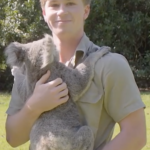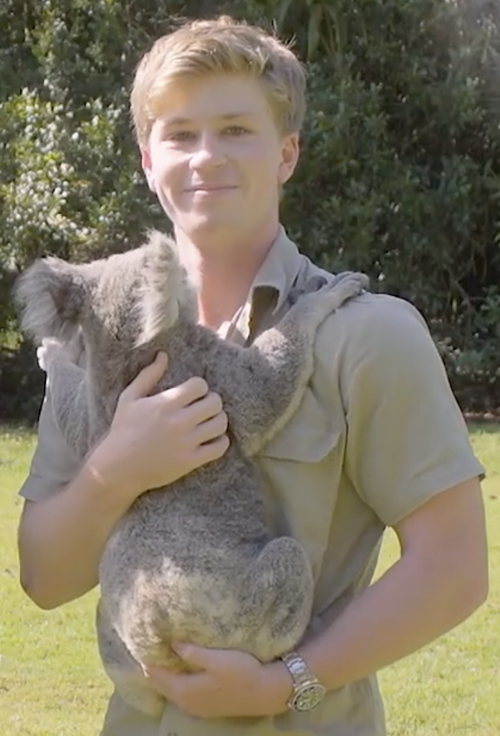In the highly competitive race for dominance in human spaceflight, Boeing’s Starliner spacecraft finds itself once again at a crossroads. What was once envisioned as a strong competitor to SpaceX’s Crew Dragon is now grappling with technical setbacks that could further delay its ambitions. According to NASA officials, Starliner may need to complete another uncrewed test flight before it can be considered safe to carry astronauts again.
The discussion came to light as NASA astronauts Butch Wilmore and Suni Williams, originally sent to the International Space Station (ISS) aboard Starliner, returned to Earth this week—but not in the spacecraft that carried them there. Instead, the duo splashed down safely aboard SpaceX’s Dragon capsule after spending an unexpected nine months in orbit—a mission initially planned for just over a week.
A Mission Extended, A Reputation Tested
The prolonged stay of Wilmore and Williams was not part of the plan. Their Starliner mission, intended to demonstrate the spacecraft’s readiness for routine human spaceflight, quickly turned into a cautionary tale of how things can go wrong in the unforgiving environment of space.
Starliner’s main issue centered around its propulsion system. Faulty thrusters and persistent helium leaks, crucial for pressurizing those thrusters, meant the spacecraft couldn’t be trusted to safely bring the astronauts back to Earth. NASA made the difficult call to use SpaceX’s Dragon for their return, further highlighting the stark contrast between Boeing’s troubled spacecraft and SpaceX’s growing reliability.
For Boeing, this wasn’t just a technical hiccup — it was another significant setback in a project that has already cost the aerospace giant more than $2 billion over the past decade.
Another Uncrewed Flight on the Horizon?
Now, NASA’s Commercial Crew Program is weighing options. Steve Stich, the program’s chief, revealed that flying a third uncrewed mission is a real possibility.
“We’re seriously looking at the potential of another uncrewed test flight for Starliner,” Stich shared during a press conference. “The purpose would be simple — validate that the thrusters work as designed when actually in space.”

While Starliner’s first crewed test did prove the spacecraft’s capabilities in several areas, like astronaut control and in-flight operations, the propulsion system failures left a gaping hole in its readiness for routine missions.
NASA’s goal is to get Starliner into a regular rotation with SpaceX’s Crew Dragon for missions to the ISS. But before that can happen, confidence in every part of the system—especially the propulsion—must be fully restored.
Boeing’s Silence Adds to the Drama
Interestingly, Boeing has remained tight-lipped about the prospect of another costly test flight. Requests for comments have so far gone unanswered, adding another layer of uncertainty around the program’s future.
From a financial standpoint, Boeing is already reeling. The fixed-price contract awarded by NASA back in 2014 was initially worth $4.2 billion. Over the years, the ceiling on that contract has quietly grown by $326 million due to delays and technical problems. To date, Boeing has received about $2.2 billion of that amount.
If a new uncrewed flight is greenlit, it would mark the fourth major test of the Starliner — two previous uncrewed flights took place in 2019 and 2022, each with its own set of problems. A third test would only drive home the narrative of a program struggling to catch up.
SpaceX: The Unspoken Winner
Meanwhile, SpaceX’s Crew Dragon continues to rack up successful missions. Since its debut crewed flight in 2020, it has flown 11 astronaut missions for NASA, steadily becoming the agency’s workhorse for human spaceflight.
Unlike Starliner, SpaceX’s Dragon has also ventured into commercial territory. Private spaceflights and partnerships with non-government entities have opened new revenue streams, making SpaceX not just a NASA contractor but a global spaceflight leader.
SpaceX’s initial $3 billion NASA contract has also expanded over the years, now valued at nearly $5 billion — a testament to the company’s ability to deliver results while Boeing struggles with basic reliability.
Starliner’s Future Beyond NASA
Despite the mounting challenges, Boeing hasn’t given up on Starliner just yet. The company has ambitions to turn the spacecraft into a taxi service for future privately built space stations, eyeing the commercial market where SpaceX has already planted its flag.

However, the recent failures, particularly the loss of five thrusters during last year’s mission and helium leaks, have severely dented confidence in the capsule. NASA’s safety advisory panel openly acknowledged earlier this year that while progress is being made, the propulsion system remains a significant concern.
Boeing is now preparing for critical ground tests of the propulsion system this summer. The goal is to verify that the fixes they propose will work in the vacuum of space, a condition notoriously difficult to replicate on Earth.
A Costly Road to Certification
For Boeing, the stakes couldn’t be higher. Beyond the direct costs — already exceeding $2 billion — there’s the reputational damage. Starliner was supposed to give NASA another reliable way to get astronauts to space, breaking SpaceX’s monopoly and ensuring American astronauts no longer needed to rely on Russia’s Soyuz spacecraft.
Instead, the delays and technical issues have placed Boeing in a precarious position. Each failure not only adds to development costs but raises questions about whether Starliner will ever become the dependable spacecraft NASA needs.
And yet, there’s an underlying pressure to make it work. NASA invested in two providers for a reason — redundancy and competition. Relying solely on SpaceX, no matter how successful, was never part of the agency’s long-term vision.
Looking Ahead: Can Starliner Bounce Back?
The coming months will be crucial for Starliner. If the ground tests this summer prove successful, Boeing might avoid the extra uncrewed flight and move straight into its next crewed mission. But if those tests reveal deeper issues, another uncrewed test flight will be inevitable — and expensive.
Steve Stich remains cautiously optimistic. “What we’d like to do is get this next flight right, then move Starliner into regular crew rotations,” he said.
For now, Boeing’s dreams of Starliner competing neck-and-neck with SpaceX remain on hold. The aerospace giant faces a daunting challenge: fix the problems, prove the spacecraft works, and convince NASA — and the world — that Starliner is ready for prime time.
Only time will tell if Boeing can pull off this comeback or if Starliner will become another costly chapter in the history of human spaceflight.










